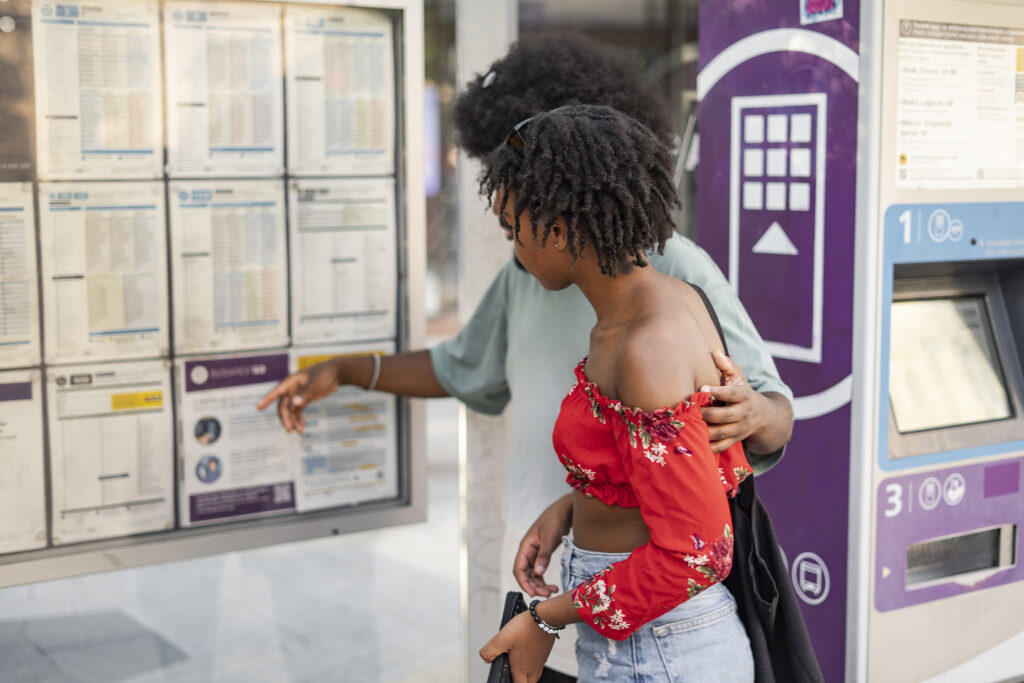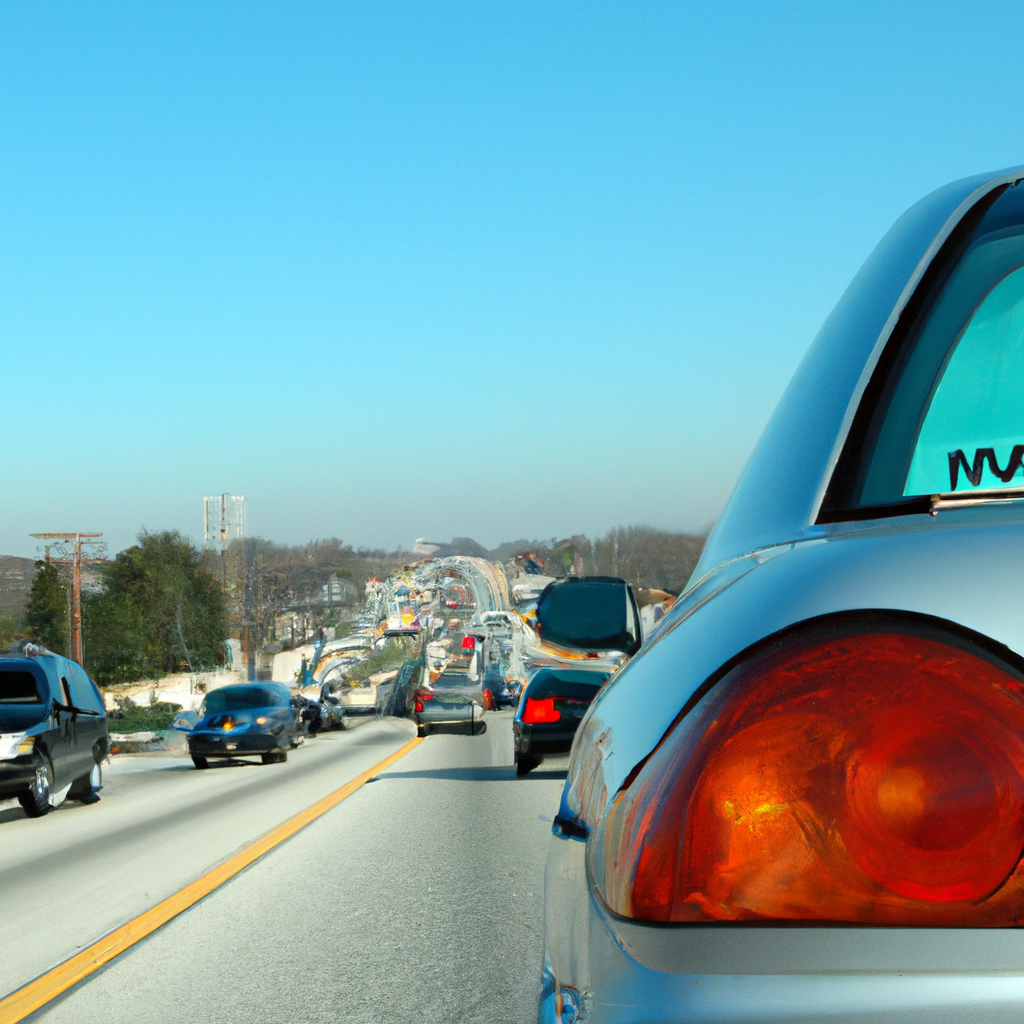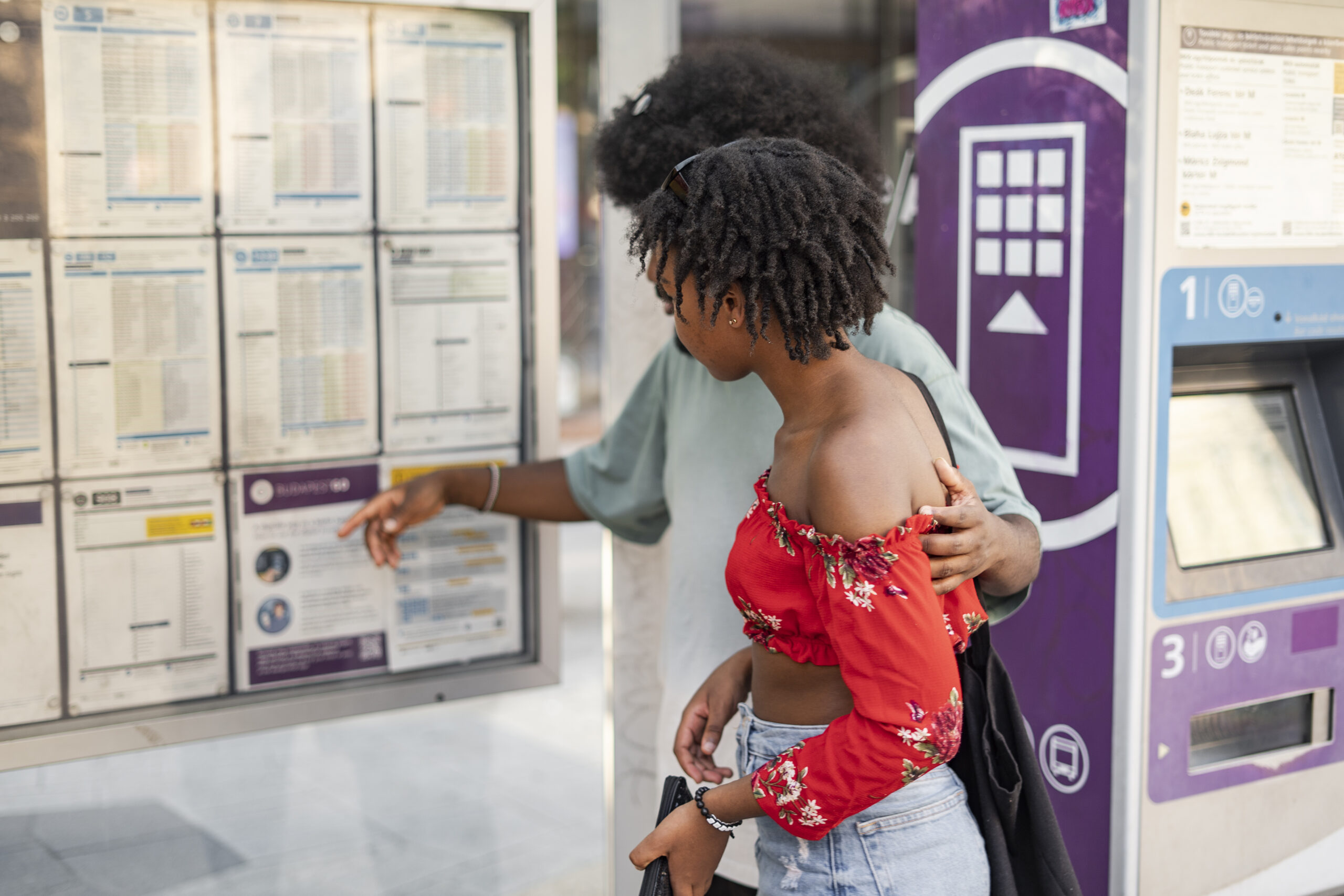If you’re planning a road trip to Maryland, you might be wondering just how easy it is to navigate the state’s roads. Well, fear not, because Maryland offers a friendly and welcoming environment for drivers. From its well-maintained highways to its clear signage, you’ll find it a breeze to get around and explore all that this beautiful state has to offer. So fasten your seatbelt, roll down the windows, and get ready to enjoy a smooth and hassle-free driving experience in Maryland.
Traffic Conditions
Urban Congestion
Driving in urban areas in Maryland can be quite challenging due to the congestion on the roads. Cities like Baltimore and Bethesda are known for their heavy traffic, especially during peak hours. The high population density coupled with limited road infrastructure often leads to frustrating traffic jams. It is important to plan your routes accordingly and allow for extra travel time to navigate through the urban congestion.
Rural Roads
While rural roads in Maryland offer picturesque scenery, they come with their own set of considerations. These roads tend to be narrower and winding, making it crucial to drive cautiously and be aware of oncoming traffic. Additionally, wildlife crossings are common in rural areas, so it is important to watch out for animals, especially during dawn and dusk hours. Rural roads may also be less well-maintained compared to urban areas, so staying alert to potholes and uneven surfaces is essential for a safe and smooth journey.
Interstate Highways
Maryland’s interstate highway system, including the well-known Interstate 95, connects major cities within the state and facilitates smooth long-distance travel. However, certain sections of these highways can experience heavy traffic congestion, especially during rush hours. It is advisable to check for real-time traffic updates and plan your travel accordingly. Additionally, be aware of the speed limits and follow them to ensure a safe journey on the interstate highways.
City Driving
Navigating through the streets of Maryland’s cities requires a combination of alertness and adaptability. Urban areas are often characterized by one-way streets, complex intersections, and dense traffic, making it important to stay focused and avoid distractions. Familiarizing yourself with the city’s road layout, including the locations of parking garages and main attractions, can greatly enhance the ease of city driving.
Traffic Laws
To drive in Maryland, it is important to be familiar with the state’s traffic laws. These laws govern various aspects of driving, including speed limits, right-of-way rules, and proper lane usage. Following traffic laws not only ensures your safety but also promotes a harmonious flow of traffic. It is always wise to keep updated with any changes or amendments to the traffic laws to avoid potential penalties.
Road Infrastructure
Quality of Roads
Overall, Maryland’s roads are well-maintained, especially in urban areas. The state invests in regular maintenance and improvements to provide smooth surfaces for drivers. However, due to harsh weather conditions and heavy traffic, some roads may develop potholes or other damages. Reporting any road issues to the relevant authorities can help contribute to the maintenance efforts and ensure safer roads for everyone.
Maintenance
Regular road maintenance is carried out in Maryland to ensure optimal driving conditions. This includes activities such as repaving, line marking, and repairing damaged sections. While these maintenance efforts may cause temporary disruptions and lane closures, they are crucial for the long-term safety and usability of the roads.
Signage
Maryland’s roadways boast clear and well-maintained signage that guides drivers effectively. Traffic signs, route markers, and directional signs are strategically placed to help drivers navigate through different areas. However, it is still important to pay close attention to signs, especially when traveling through unfamiliar locations or looking for specific landmarks.
Bike-Friendly Infrastructure
Maryland has made significant strides in promoting bike-friendly infrastructure, particularly in urban areas. Dedicated bike lanes and bike-sharing systems have been introduced to encourage cyclists, reduce traffic congestion, and promote sustainable transportation. Sharing the road with cyclists requires awareness and mutual respect between drivers and cyclists. It is important to give cyclists the necessary space and yield to them when required.

Weather Conditions
Snow and Ice
During winter months, Maryland experiences snow and ice conditions that can significantly impact driving. It is important to be prepared by equipping your vehicle with appropriate winter tires or chains. Driving at slower speeds and increasing the following distance between vehicles is crucial to maintain control on slippery roads. It is also advisable to check weather forecasts and road condition updates before embarking on a journey during snowy or icy conditions.
Heavy Rainfall
Maryland is prone to heavy rainfall, especially during the summer months. Driving in heavy rain requires extra caution as visibility can be dramatically reduced and roads may become slippery. Ensure your windshield wipers are in good condition and that your vehicle’s headlights are on for better visibility. It is important to maintain a safe distance from the vehicle ahead and avoid sudden maneuvers.
Fog
Foggy conditions are often encountered in Maryland, particularly in areas close to bodies of water, such as the Chesapeake Bay. When driving in fog, reduce your speed and use your low beam headlights or fog lights for better visibility. Maintain a safe distance from other vehicles and refrain from using high beams or hazard lights, as they can further impair visibility.
Extreme Temperatures
Maryland experiences both hot summers and cold winters, with temperatures occasionally reaching extreme levels. During hot weather, it is important to keep yourself hydrated, use air conditioning in your vehicle, and be mindful of the effects of heat on your tires. In extreme cold, make sure your vehicle is equipped with a reliable heating system and consider carrying emergency supplies such as blankets and extra clothing.
Parking Availability
Street Parking
Street parking is widely available in Maryland’s cities and towns, but it can vary depending on the specific area. Some areas may have time restrictions or require parking permits, especially in densely populated neighborhoods. Familiarize yourself with local parking regulations to avoid potential fines or towed vehicles. Additionally, be cautious about parking in areas with fire hydrants or prohibited zones.
Parking Garages
Parking garages are common in urban areas and offer convenient parking options. These multi-level structures provide shelter for your vehicle and are often available for both short-term and long-term parking. It is important to check for available parking garages in advance, as capacity may be limited during busy periods. Pay attention to any parking fees or time limitations imposed by the establishment.
Permit Parking
Some residential areas in Maryland may require permits for parking. These permits are typically issued to residents and allow them to park on designated streets within a specific zone. Visitors should inquire about temporary permits or consider utilizing alternative parking solutions, such as nearby parking garages or public transportation. Respecting permit restrictions helps maintain order and ensures parking availability for residents.
Parking Meters
Parking meters are commonly found in urban areas, allowing drivers to park in designated spaces for a limited time after payment. It is important to familiarize yourself with the parking meter rules, including payment methods and time restrictions. Keep in mind that overstaying the designated time may result in fines or towing. Always carry spare change or utilize mobile payment options when parking in metered spaces.

Driver Behavior
Aggressive Drivers
Maryland, like any other state, may have its share of aggressive drivers on the roads. These drivers often display behaviors such as excessive speeding, frequent lane changes, and disregarding traffic laws. It is important to remain calm and focused when encountering aggressive drivers. Avoid engaging in confrontations and maintain a safe distance to ensure your own safety.
Tailgating
Tailgating, or driving too closely behind the vehicle in front, is a common issue on Maryland roads. This behavior can lead to accidents, especially in situations where sudden braking is necessary. It is crucial to adhere to the recommended following distance, usually a minimum of three seconds, to allow for adequate reaction time. If you notice a vehicle tailgating you, consider changing lanes or pulling over to allow them to pass safely.
Distracted Driving
Distracted driving is a significant concern in Maryland and can lead to serious accidents. Avoid activities that take your attention away from the road, such as texting or talking on the phone, eating, or performing personal grooming. Utilize hands-free systems for phone calls and keep your focus on driving. Remember, a momentary distraction can have long-lasting consequences.
Speeding
Speeding is a common traffic violation in Maryland and can lead to accidents and increased severity of injuries. Always adhere to posted speed limits, especially in residential areas, school zones, and work zones. Observe speed limit changes that may occur during certain hours of the day or on specific days. Slowing down and obeying speed limits contribute to safer roads for everyone.
Public Transportation Options
Metro Rail System
Maryland’s Metro Rail System, operated by the Washington Metropolitan Area Transit Authority (WMATA), provides a convenient mode of transportation for residents and visitors. The metro system connects major urban areas, including Washington D.C., with various stops throughout Maryland. It offers a reliable and efficient alternative to driving, particularly in congested areas.
Bus Services
An extensive network of bus services is available in Maryland, serving both urban and suburban areas. These buses provide transportation to various destinations within the state and offer a cost-effective option for daily commuting or leisure travel. Bus schedules and routes can be easily accessed online or through mobile applications, making it convenient to plan your journeys.
Commuter Trains
Commuter trains, such as the MARC (Maryland Area Regional Commuter) train service, provide transportation options for those traveling between Maryland and neighboring states, including Washington D.C. and Virginia. These trains cater to commuters and offer regular schedules and comfortable seating. Commuter trains are an efficient alternative for avoiding traffic congestion and parking difficulties in urban areas.

Vehicle Emissions Control
Inspections and Emissions Testing
Maryland requires vehicle inspections and emissions testing to ensure that vehicles on the road meet environmental standards. These inspections aim to reduce vehicle emissions and promote air quality. It is important to keep track of the expiration date for inspections and emissions tests to avoid penalties or potential vehicle registration issues. Compliance with these requirements contributes to a cleaner and healthier environment.
Environmental Programs
Maryland has implemented various environmental programs to encourage vehicle owners to reduce their carbon footprint. These programs include incentives for purchasing electric or hybrid vehicles, as well as grants for installing charging stations. Taking advantage of these programs not only benefits the environment but also contributes to reducing overall vehicle emissions in the state.
Driver Education
Driver’s License Requirements
To obtain a driver’s license in Maryland, aspiring drivers must meet specific requirements and pass a series of tests. These requirements include providing necessary identification documents, completing a driver’s education program, passing a written test, and passing a practical driving test. Familiarize yourself with the specific requirements and procedures to ensure a smooth process when applying for a driver’s license.
Driving Schools
Driving schools in Maryland offer professional driver education programs to both new and experienced drivers. These schools provide comprehensive instruction on safe driving practices, traffic laws, and defensive driving techniques. Enrolling in a driving school can be beneficial for developing the necessary skills and knowledge to navigate Maryland’s roads confidently.
Road Safety Education
Maryland prioritizes road safety education through various awareness campaigns and programs. These initiatives aim to educate drivers, pedestrians, and cyclists about important safety practices to reduce accidents and promote a culture of responsible road use. Staying updated with road safety information and participating in awareness programs can greatly contribute to ensuring a safe driving environment for all Maryland residents.

Legal Considerations
DUI Laws
Maryland has strict laws regarding driving under the influence (DUI) of alcohol or drugs. Driving with a blood alcohol concentration (BAC) of 0.08% or higher is considered a DUI offense. Penalties for DUI convictions can include fines, license suspension, mandatory alcohol education programs, and even imprisonment. It is crucial to never drink and drive, ensuring the safety of yourself and other road users.
Seat Belt Laws
Maryland enforces seat belt laws to promote occupant safety in vehicles. These laws require all occupants in a vehicle to wear seat belts, regardless of their seating position. Failure to comply with seat belt laws can result in fines and penalty points on your driving record. Buckling up is a simple yet essential step towards ensuring your safety and reducing the risk of severe injuries in the event of an accident.
Cell Phone Use while Driving
Maryland prohibits the use of handheld cell phones while driving, aiming to eliminate distracted driving. Drivers are permitted to use hands-free devices for phone calls, but texting or browsing the internet while driving is strictly prohibited. Violating cell phone use laws can result in fines and points on your driving record. Prioritize your safety and the safety of others by avoiding cell phone use while driving.
Insurance Requirements
Minimum Coverage
Maryland requires all drivers to carry minimum liability insurance coverage to legally operate a motor vehicle. The minimum coverage includes liability limits for bodily injury and property damage. It is important to review your insurance policy regularly to ensure you meet the state’s minimum requirements and have adequate coverage in the event of an accident.
Optional Coverages
In addition to the minimum required coverage, Maryland drivers have the option to add additional coverages to their insurance policies. These optional coverages include comprehensive coverage, collision coverage, uninsured/underinsured motorist coverage, and medical payments coverage. Assess your insurance needs and consider adding these optional coverages to protect yourself and your vehicle further.
No-Fault Insurance
Maryland does not have a true no-fault insurance system. Instead, the state follows a modified no-fault system known as “personal injury protection” (PIP). PIP coverage provides medical expenses and other benefits regardless of who was at fault in an accident. It is important to understand the specifics of PIP coverage and its role in your insurance policy.
In conclusion, driving in Maryland can present both challenges and conveniences. Urban congestion, varying road conditions, and unpredictable weather are factors to consider when planning your journeys. However, Maryland also offers a well-maintained road infrastructure, public transportation options, and an emphasis on road safety. By being prepared, knowledgeable about traffic laws, and adopting responsible driving behaviors, you can navigate Maryland’s roads with ease and ensure a safe and enjoyable driving experience.


